In September 2023, Kelheim Fibres GmbH, which deals with the production of specialty viscose fibers, attended the Global Fibre Congress held in Dornbirn and showcased its newest innovations. The aim was to present waste management and recycling through innovation which helps strengthen the European supply chain.
In April 2023, The Lenzing Group, which deals with wood-based specialty fibers worldwide, added to its offer new carbon-neutral viscose fibers, branding it VEOCEL, with also plans to release it in Europe and the US. Moreover, trimming existing production of conventional viscose, the company also intends to produce responsible specialty fibers using the same machinery later this year. This new responsible fiber offering exemplifies VEOCEL’s mission to care for the environment and future generations.
In January 2023, DuPont Personal Protection had authorities of Team Rubicon extend the scope of their partnership for improved intervention in emergencies. Du Pont was able to supply Tyvek® protective apparel, personal protective equipment (PPE) and training and expertise to the humanitarian organization, which is led by veterans, Team Rubicon. Also included in the collaboration are educational support, safety-oriented content for Team Rubicon’s website and DuPont employee's participation as volunteers.
Team Rubicon's partnership facilitates the procurement of protective clothing while diminishing the reliance on potentially adverse local supply chains. This also means it is possible for the volunteers, referred to as “Greyshirts,” to take part in and carry out a meticulous disaster relief exercise such as cleaning up, housing people, as well as distributing food. Tyvek® on Team Rubicon’s 10th annual Salute to Service Awards was awarded as “Essential Gear in the Field” due to the importance of the material during the recovery process after a disaster.
In January 2022, Renewcell and Kelheim Fibres Gmbh agreed on how to proceed with the development and manufacture of viscose fibers from Renewcell's fully recycled material, Circulose, which has an annual capacity of up to 10,000 tonnes.
A negotiation was reached in May 2021 between Funing Aoyang Technology Co., Ltd (Funing Aoyang) and Sateri, whereby Sateri was to purchase the viscose shirt division of Funing Aoyang. The purchase is in line with Sateri's expansion plans, which will raise the company's annual production to over 1.8 million tons of viscose and increase the number of viscose plants in China to six.
In May 2020, Tangshan Sanyou Group Xingda Chemical Fibre Co.Ltd was making apparel. ReViscoTM, a remade rayon staple fiber, was sold out as a limited collection in the H&M authorized sellers, such as online and offline stores, during spring/summer. This revived recycled fabrics into ready-to-wear clothes.


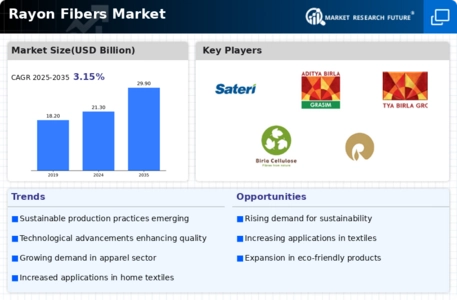
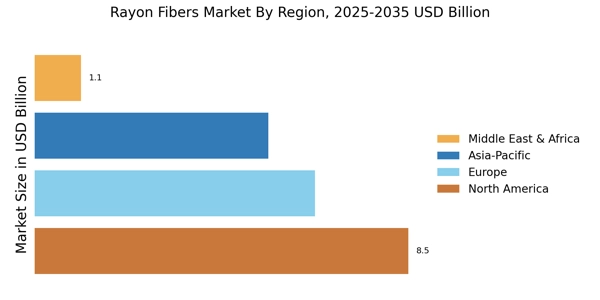
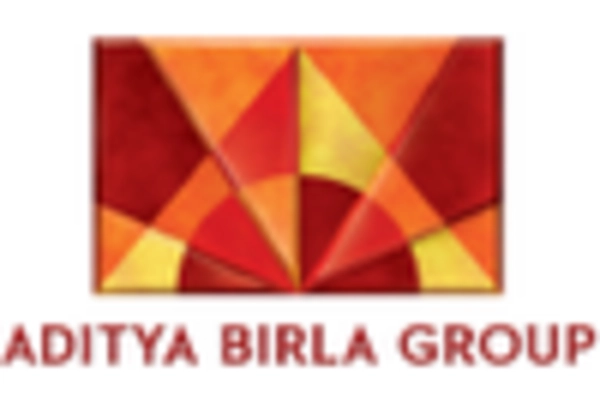
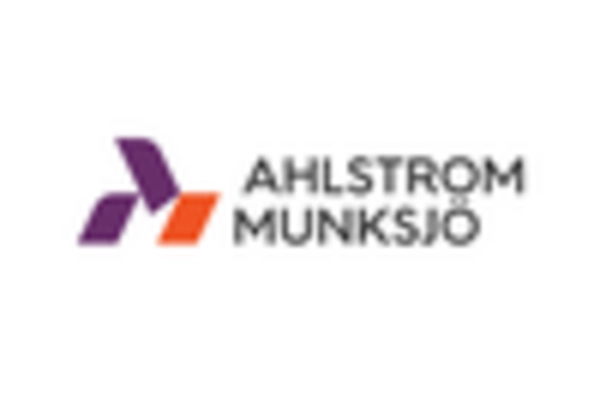

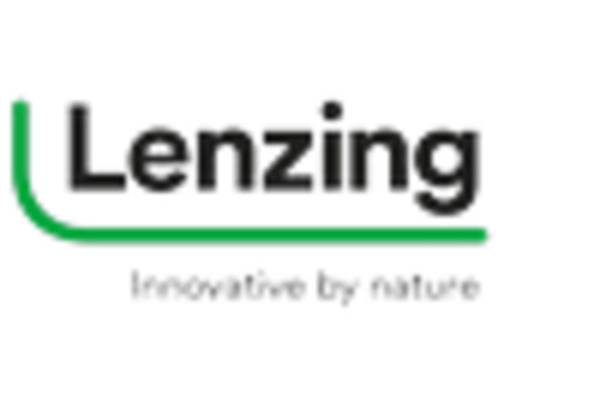
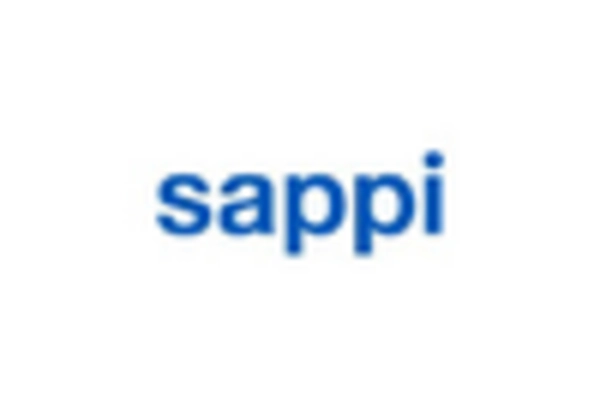









Leave a Comment